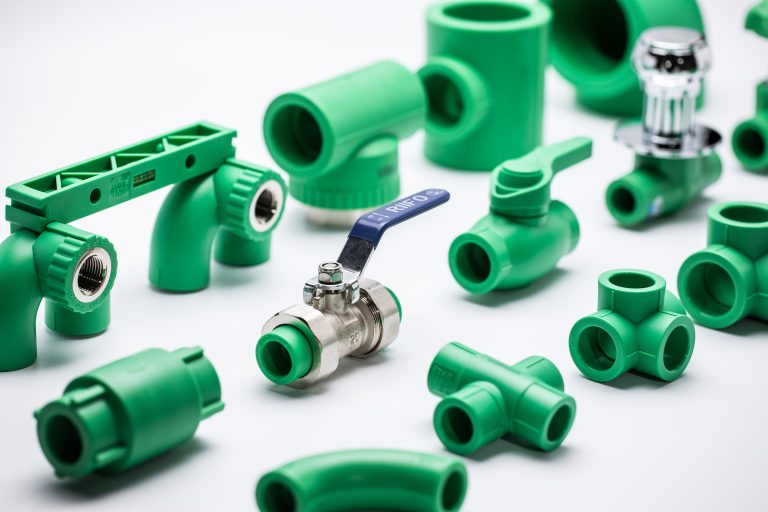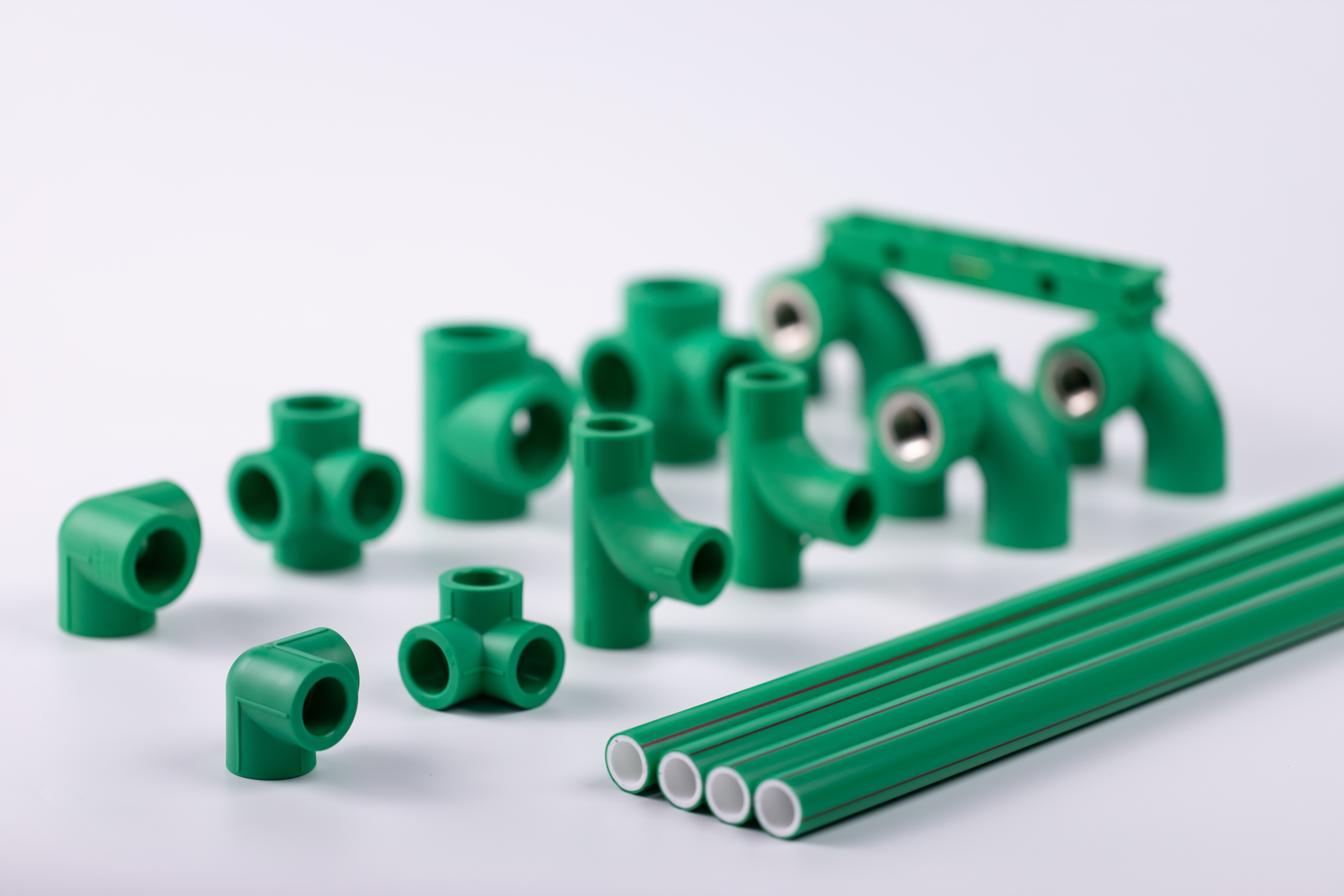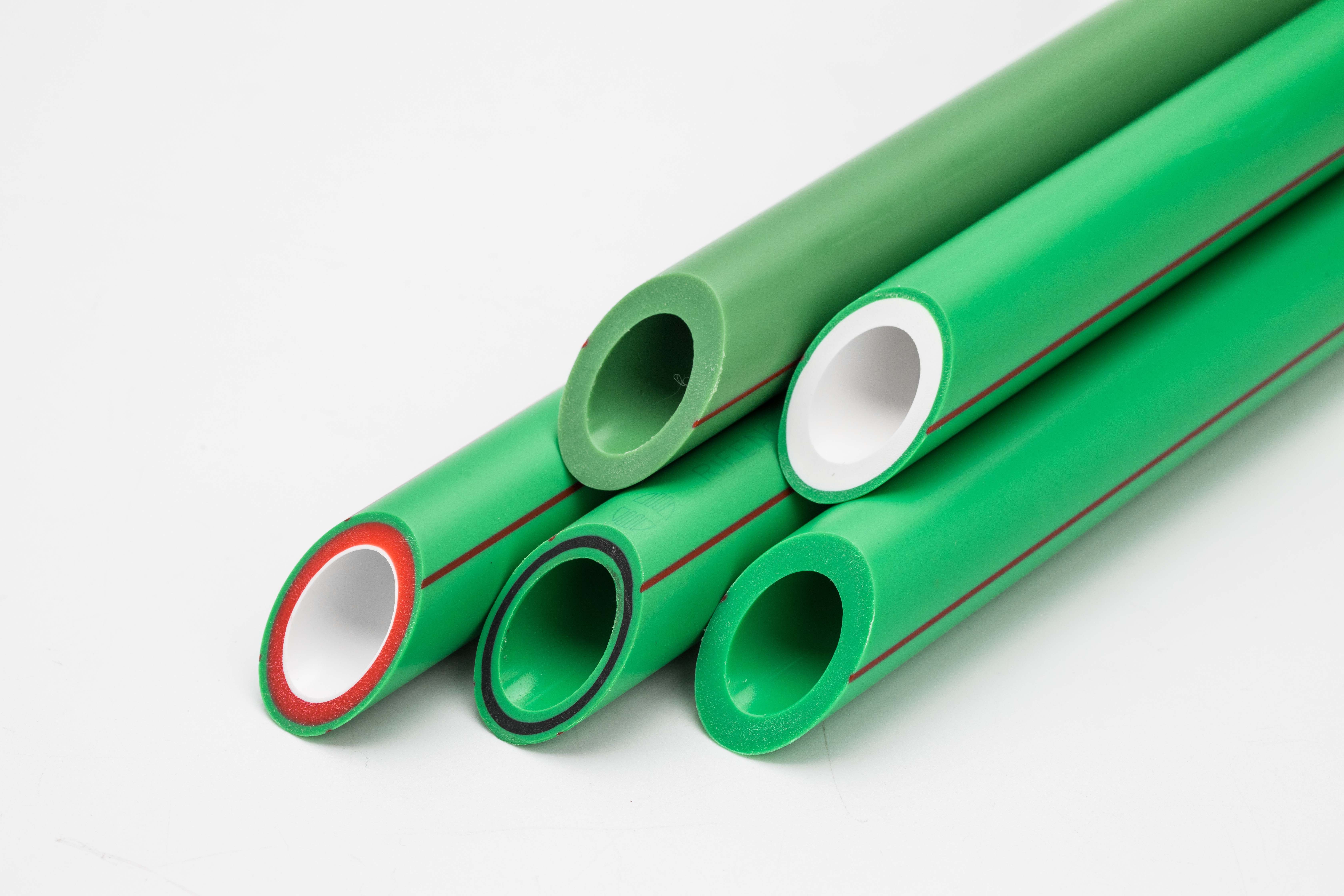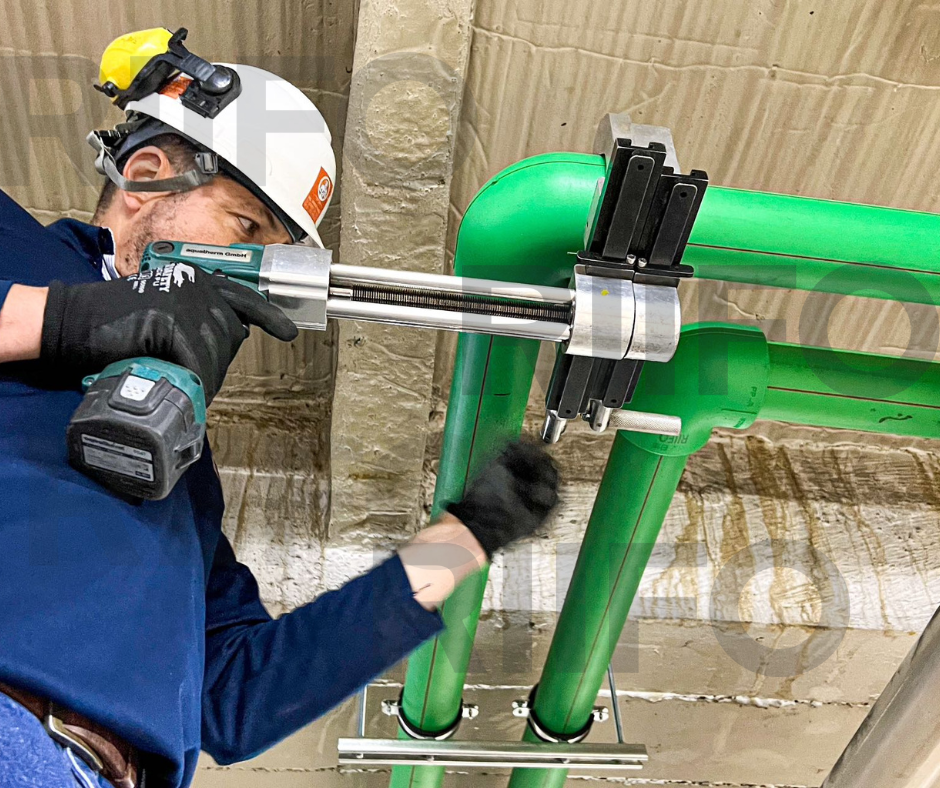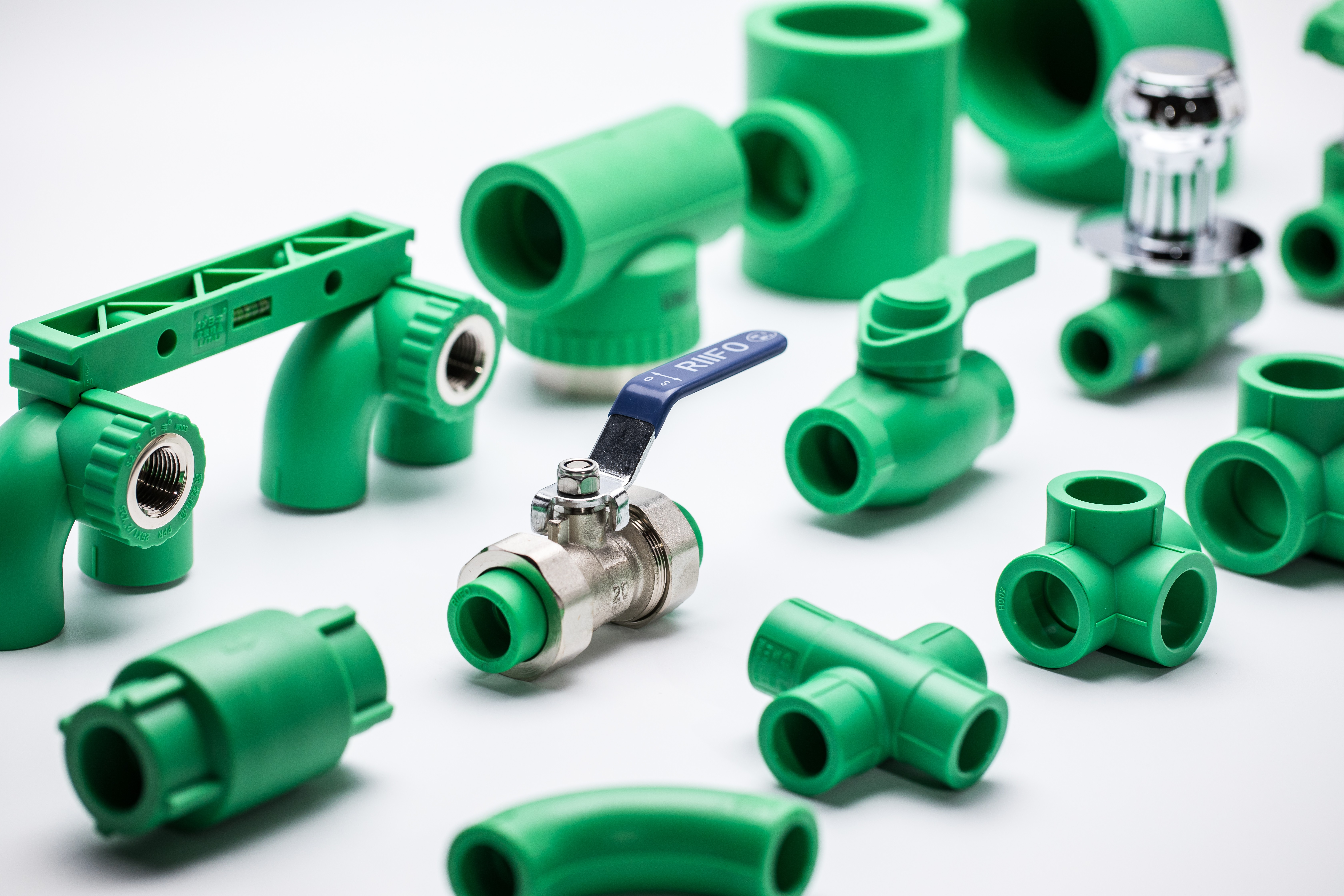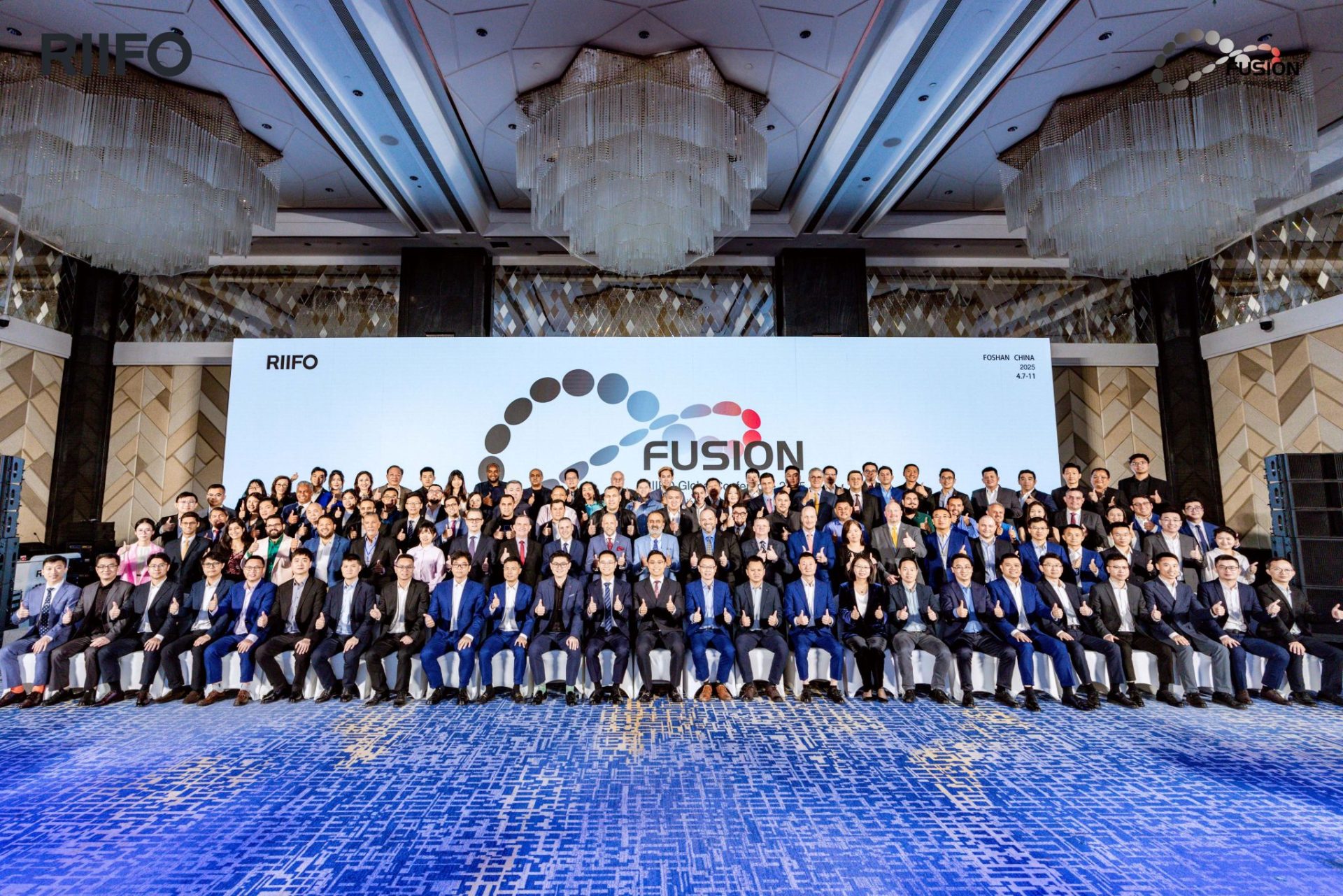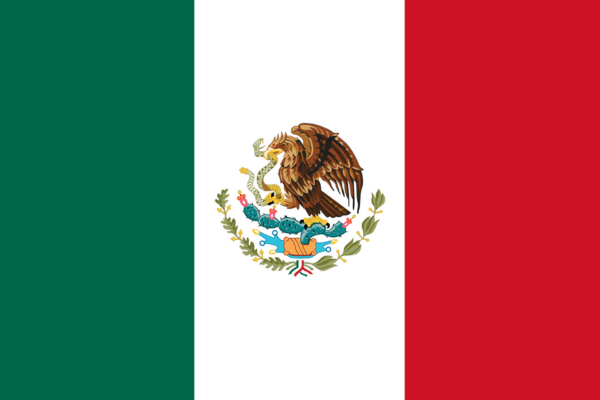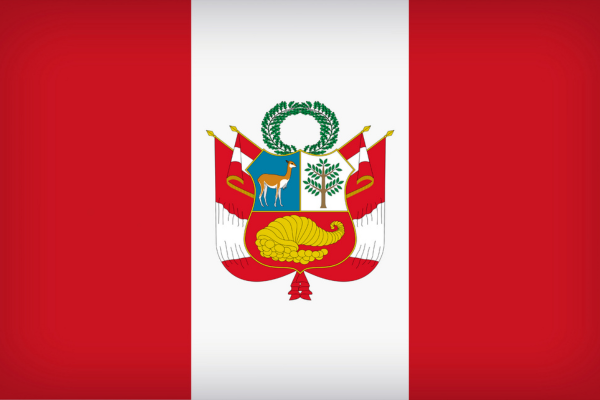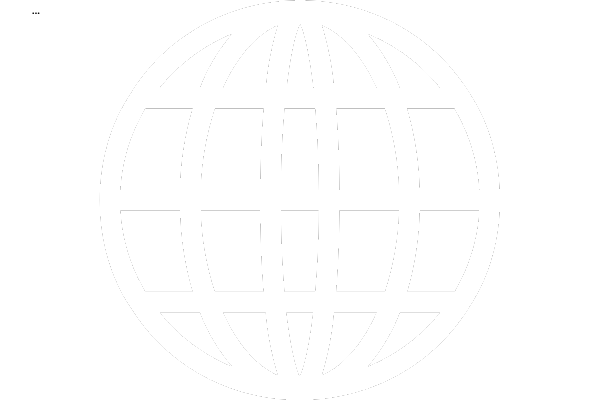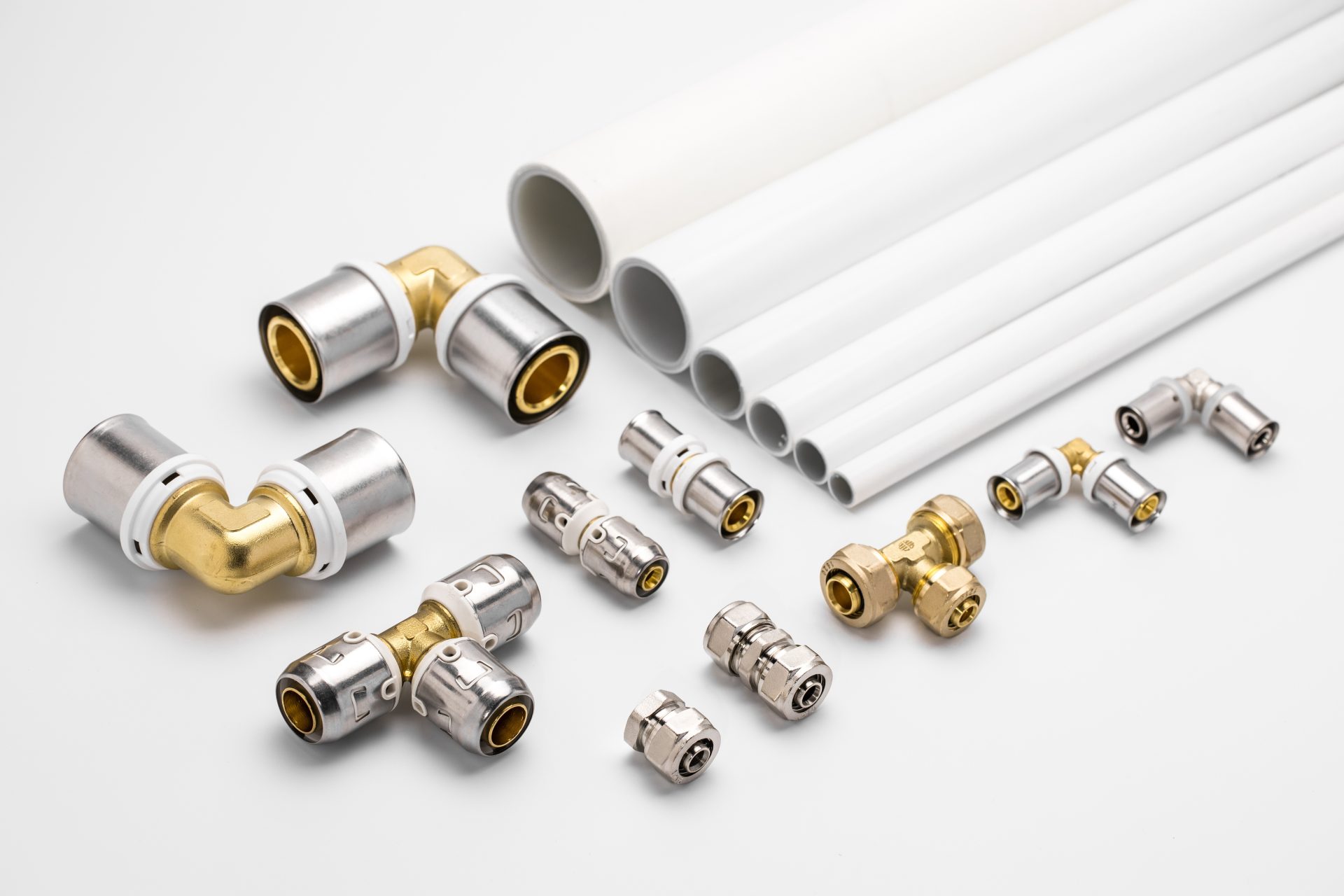
Commercial-grade PP-R plumbing solutions provide exceptional durability and efficiency, proving ideal for various applications across residential, commercial, and industrial settings. Known for their longevity, thermal stability, and resistance to corrosion, these systems enhance reliability with seamless, leak-proof joints. The lightweight design simplifies installation, reducing labor costs and project completion times. Additionally, sustainable attributes align with eco-friendly standards. Discover how these benefits translate into diverse industry applications and long-term cost savings.
Key Takeaways
- Commercial-grade PP-R systems offer exceptional durability, with a lifespan exceeding 50 years, making them a long-term investment for plumbing solutions.
- Their lightweight design simplifies installation and reduces labor costs, while seamless heat-fused joints ensure leak-proof connections and reliability.
- PPR pipes are resistant to corrosion and extreme temperatures, making them ideal for diverse applications in residential, commercial, and industrial settings.
- Environmentally friendly, PPR pipes are made from non-toxic materials and are recyclable, contributing to sustainable plumbing practices and reduced carbon footprints.
- Advanced innovations, such as antimicrobial properties, enhance hygiene in plumbing systems, promoting healthier indoor environments and reducing maintenance needs.
Redefining Modern Plumbing
As the demand for efficient and sustainable plumbing solutions increases, the introduction of PPR pipes has considerably transformed modern plumbing practices. This evolution reflects significant market trends emphasizing durability and environmental responsibility.
Future innovations in PPR technology, such as antimicrobial properties and smart systems, promise to enhance safety and efficiency. Advanced installation techniques, including heat fusion, facilitate a streamlined approach, reducing labor costs and time.
A competitive analysis reveals PPR pipes outperform traditional materials like copper and PVC in longevity and maintenance. Adhering to global standards, these pipes assure compliance with health and safety regulations, appealing to a growing demographic focused on sustainability.
Collectively, these advancements signify a pivotal shift in plumbing infrastructure, aligning with contemporary demands and expectations.
What Is PP-R and Why It’s Unique?
PP-R, or polypropylene random copolymer, is a thermoplastic material specifically engineered for plumbing applications, characterized by its seamless heat-fused joints and homogeneous structure.Unlike traditional materials such as copper or PVC, PP-R offers superior durability, chemical resistance, and a longer lifespan, making it a preferred choice for modern plumbing systems.Its lightweight nature and cost-effective installation further distinguish PP-R from conventional piping solutions.
1. Definition of PP-R
Polypropylene Random Copolymer (PPR) represents a notable advancement in thermoplastic piping technology, characterized by its unique molecular structure that enhances performance in various plumbing applications.
The pipe characteristics of PPR include exceptional durability, chemical resistance, and a lightweight design, making it ideal for efficient installations.
Installation techniques involve heat-fusion methods that guarantee leak-proof joints, considerably reducing maintenance concerns and long-term costs.
Market trends indicate a growing preference for PPR over traditional materials due to its cost implications and superior performance.
Material comparisons show PPR’s advantages over alternatives like copper and PVC regarding lifespan and corrosion resistance, solidifying its position as a preferred choice in modern plumbing solutions.
2. Key Differences from Traditional Materials
The unique attributes of PPR pipes distinguish them considerably from traditional materials such as copper and PVC. PPR pipe innovations incorporate thermal stability advancements, enabling them to handle extreme temperatures without deformation. Unlike copper, PPR pipes do not corrode, offering significant longevity reflected in long-term performance metrics.
- Lightweight design simplifies installation tool requirements, reducing labor costs.
- Seamless heat-fused joints eliminate leaks, enhancing reliability.
- Cost comparison analysis shows that PPR systems are often more economical over their lifespan.
- Environmentally friendly and recyclable, aligning with modern sustainability goals.
These factors contribute to PPR pipes becoming the preferred choice in various plumbing applications, showcasing superior performance and efficiency compared to conventional materials.
Key Advantages of Commercial-Grade PP-R Plumbing Systems
Commercial-grade PP-R plumbing systems offer significant advantages that enhance their performance and longevity. Their exceptional durability guarantees a lifespan exceeding 50 years, while resistance to high temperatures and pressure allows for reliable operation in demanding environments. Additionally, these systems promote energy efficiency and are environmentally friendly, aligning with modern sustainability goals.
1.Exceptional Durability
While many plumbing materials struggle with longevity under demanding conditions, PPR pipes exhibit exceptional durability, making them a preferred choice for commercial-grade plumbing systems. Their resilience is validated through rigorous durability testing, showcasing a lifespan exceeding 50 years. This remarkable material longevity guarantees reliability even in challenging environments, adhering to industry standards and performance metrics.
- Resistant to corrosion and chemical degradation
- Capable of withstanding extreme pressure without failure
- Seamless heat-fused joints eliminate potential leak points
- Lightweight design simplifies installation, overcoming common installation challenges
Such attributes not only enhance operational efficiency but also greatly reduce maintenance costs, making PPR pipes an intelligent investment for long-term plumbing solutions.
2.Resistance to High Temperatures and Pressure
PPR pipes demonstrate remarkable resistance to high temperatures and pressure, further reinforcing their suitability for demanding commercial-grade plumbing applications. Their temperature resilience allows for consistent performance in environments reaching up to 95°C, while pressure tolerance guarantees reliability under varying system demands.
| Feature | Advantage | Consideration |
| Temperature Resilience | Handles extreme conditions | Confirm proper material selection |
| Pressure Tolerance | Supports high-pressure scenarios | Adhere to installation considerations |
| System Longevity | Lifespan exceeding 50 years | Regular maintenance enhances durability |
Strategic material selection and adherence to installation considerations are essential for maximizing system longevity. These attributes position PPR pipes as a superior choice in commercial plumbing, promising efficiency and dependability.
3.Energy Efficiency
Energy efficiency in plumbing systems is a critical factor that directly impacts operational costs and sustainability. Commercial-grade PP-R plumbing systems excel in this area due to their superior thermal insulation properties and lightweight design, which facilitate installation efficiency improvements.
Key advantages include:
- Enhanced heat retention, minimizing energy loss during fluid transfer
- Long lifespan contributing to favorable lifecycle cost analysis
- Compatibility with water conservation techniques that reduce overall consumption
- Robust performance that supports energy conservation strategies
These attributes collectively lead to significant reductions in energy expenditure and maintenance needs, making PP-R systems not only cost-effective but also environmentally responsible choices for commercial applications.
4.Environmentally Friendly
As commercial-grade PP-R plumbing systems gain popularity, their environmentally friendly attributes become increasingly significant. These systems are produced through sustainable manufacturing processes that minimize environmental impact and enhance waste reduction efforts. The materials used are derived from renewable resources, ensuring a lower carbon footprint compared to traditional plumbing options.
A lifecycle assessment of PP-R pipes reveals their durability and recyclability, which contribute to long-term sustainability considerations. Additionally, their non-toxic composition mitigates health hazards, aligning with contemporary eco-friendly standards. Overall, the integration of commercial-grade PP-R plumbing systems supports an environmentally conscious approach, promoting responsible resource management while delivering reliable performance in various applications.
This dual benefit reinforces the value of choosing PP-R solutions within the plumbing industry.
Applications Across Industries
PP-R plumbing systems demonstrate versatility across various sectors, including residential, commercial, and industrial applications.
In residential and commercial plumbing, these systems facilitate efficient hot and cold water distribution, while industrial use cases often involve the transport of chemicals and fluids under demanding conditions.
Additionally, specialty applications leverage the unique characteristics of PP-R pipes, ensuring reliable performance in diverse environments.
-
Residential and Commercial Plumbing
In residential and commercial plumbing, the use of PPR pipes has gained significant recognition due to their robust performance and versatility across various applications. These pipes not only cater to the fundamental needs of water distribution but also embody the latest plumbing innovations that enhance efficiency and longevity.
Key attributes include:
- Exceptional heat resistance, accommodating high-temperature water supply.
- Lightweight design, simplifying installation techniques and reducing labor costs.
- Durability against corrosive substances, ensuring minimal maintenance practices.
- Seamless, leak-proof joints that enhance system reliability.
Both residential plumbing and commercial plumbing sectors benefit from these advantages, positioning PPR pipes as a preferred choice for modern plumbing systems. Their integration results in sustainable solutions that prioritize safety and operational excellence.
-
Industrial and Chemical Use Cases
While many materials are utilized in industrial and chemical applications, PPR pipes have emerged as a preferred choice due to their exceptional durability and resistance to corrosive substances. Their chemical resistance makes them ideal for transporting aggressive fluids in various industrial applications, such as chemical processing and water treatment. The durability features of PPR pipes guarantee they can withstand harsh environments and maintain performance standards over time.
Furthermore, efficient installation techniques, including heat fusion joining, enhance their reliability while reducing potential failure points. This combination of robust performance and ease of installation positions PPR pipes as a superior solution for industries that prioritize safety and longevity in their plumbing systems.
Specialty Applications
Specialty applications of PPR pipes extend their utility beyond conventional plumbing systems, offering tailored solutions across various industries.
These advanced materials facilitate plumbing innovations that meet the specific demands of niche applications, ensuring compliance with rigorous technical specifications.
- Medical Facilities: Ensuring sterile water supply for critical healthcare operations.
- Food Processing: Safeguarding hygiene in the transportation of consumables.
- Renewable Energy: Supporting geothermal heating systems with superior thermal resistance.
- Marine Environments: Providing corrosion-resistant solutions for ship plumbing systems.
Simplifying Installation for Cost Savings
The installation of PP-R pipes is considerably streamlined due to their lightweight and manageable design, which reduces handling difficulties.
Seamless welding techniques enhance the efficiency of joint formation, resulting in a stronger, leak-proof connection that minimizes installation time.
Additionally, the low maintenance requirements of PP-R systems further contribute to overall cost savings throughout their operational lifespan.
Lightweight and Easy to Handle
PPR pipes are recognized for their lightweight nature, greatly enhancing ease of handling during installation. This characteristic not only simplifies the installation process but also contributes considerably to cost efficiency.
The following aspects underscore the advantages of lightweight materials in plumbing applications:
- Effortless maneuverability in tight spaces
- Reduced labor costs due to quicker installation
- Minimized risk of damage during transport and handling
- Compatibility with user-friendly solutions, including heat fusion techniques
Seamless Welding Techniques
While traditional plumbing methods often rely on complex fittings and adhesives, seamless welding techniques employed in PPR pipe installation provide a considerably streamlined process.
These fusion welding techniques enhance installation efficiency by creating strong, leak-proof connections that guarantee pipe joint integrity. The seamless welding advantages are evident in reduced assembly time and minimized labor costs, as installers can achieve reliable joints without the need for additional components.
Additionally, the durability of these welded joints leads to significant maintenance reduction over the system’s lifespan. Overall, the implementation of seamless welding not only simplifies the installation process but also contributes to cost savings, making it a preferred choice for commercial-grade plumbing solutions.
Low Maintenance Requirements
Given the inherent properties of PPR pipes, low maintenance requirements emerge as a significant advantage that simplifies installation and contributes to overall cost savings.
The maintenance benefits associated with PPR systems enhance their appeal in commercial-grade applications. With durability expectations exceeding 50 years, they guarantee long-term performance with minimal intervention.
Installation efficiency is further heightened due to their lightweight nature and seamless joints, resulting in faster project completion.
- Reduced frequency of repairs
- Lower operational costs over time
- Streamlined installation processes
- Enhanced reliability in water distribution
A thorough cost analysis reveals that the initial investment in PPR systems is offset by their longevity and low upkeep, solidifying their position as an economically viable plumbing solution.
Sustainability and Green Plumbing
PP-R pipes exhibit eco-friendly characteristics, including recyclability and non-toxic composition, making them a suitable choice for sustainable plumbing solutions. Their incorporation into green building trends aligns with modern construction practices that prioritize environmental responsibility and energy efficiency.
Eco-Friendly Characteristics of PP-R
Emphasizing sustainability, PP-R pipes exemplify eco-friendly plumbing solutions through their non-toxic composition and recyclability. These pipes align with contemporary plumbing innovations, promoting sustainable practices that prioritize both health and environmental responsibility.
- Their inherent qualities guarantee chemical safety, making them suitable for potable water applications without the risk of harmful leaching.
- Made from recyclable materials, minimizing landfill contributions.
- Free from lead, BPA, and phthalates, guaranteeing user safety.
- Engineered for water efficiency, reducing overall consumption.
- Lightweight design facilitates lower energy costs during transport and installation.
PP-R’s contributions to sustainable plumbing not only enhance system longevity but also support a greener future, embodying a commitment to environmental stewardship while meeting the demands of modern infrastructure.
Contribution to Green Building Trends
The integration of PP-R pipes into modern plumbing systems greatly enhances the sustainability of green building practices.
These pipes contribute to green certifications by meeting rigorous energy standards and building regulations, ensuring compliance with eco-friendly initiatives. Manufactured from sustainable materials, PP-R pipes minimize environmental impact through their recyclable nature and low carbon footprint during production.
Their durability and long lifespan reduce resource consumption over time, aligning with the principles of sustainable construction. Additionally, advancements in eco innovations, such as antimicrobial properties and enhanced thermal insulation, further exemplify their role in promoting energy efficiency.
Frequently Asked Questions
1. How Does PP-R Compare to Traditional Plumbing Materials?
PP-R pipes exhibit distinct advantages over traditional plumbing materials, including enhanced cost-effectiveness, superior durability, and sustainability factors. Additionally, their installation efficiency reduces labor time, making them a preferred choice in modern plumbing applications.
2. What Maintenance Is Required for PP-R Plumbing Systems?
Ironically low maintenance belies the need for regular PP-R plumbing system inspections. Essential tips include routine assessments, leak detection methods, and effective cleaning techniques, ensuring longevity while maintaining peak performance in plumbing infrastructures.
3. Can PP-R Pipes Be Used for Outdoor Applications?
PP-R pipes are suitable for outdoor applications due to their durability and UV resistance. Proper installation techniques and adequate pipe insulation guarantee performance under varying outdoor temperatures, maintaining system integrity and longevity in challenging conditions.
4. Are There Any Specific Installation Tools Needed for PP-R?
To guarantee ideal performance, PPR pipe installation necessitates specialized welding techniques, appropriate pipe fittings, adherence to installation guidelines, and thorough pressure testing. Consideration of thermal expansion is also essential during the installation process for long-term reliability.
5. How Are PP-R Pipes Recycled at the End of Their Life?
At the end of their life, PPR pipes undergo recycling processes that enhance sustainability practices. Effective waste management minimizes environmental impact, converting used materials into new products, thereby promoting circular economy principles and reducing landfill contributions.
Conclusion
To summarize, commercial-grade PP-R plumbing solutions exemplify innovation in the plumbing industry, offering exceptional longevity and performance. With a lifespan exceeding 50 years, these pipes markedly reduce the frequency of replacements, which can save businesses up to 30% on long-term maintenance costs. As industries increasingly adopt sustainable practices, the non-toxic and recyclable nature of PP-R materials positions them as a responsible choice for modern plumbing systems, effectively addressing both operational and environmental concerns.
